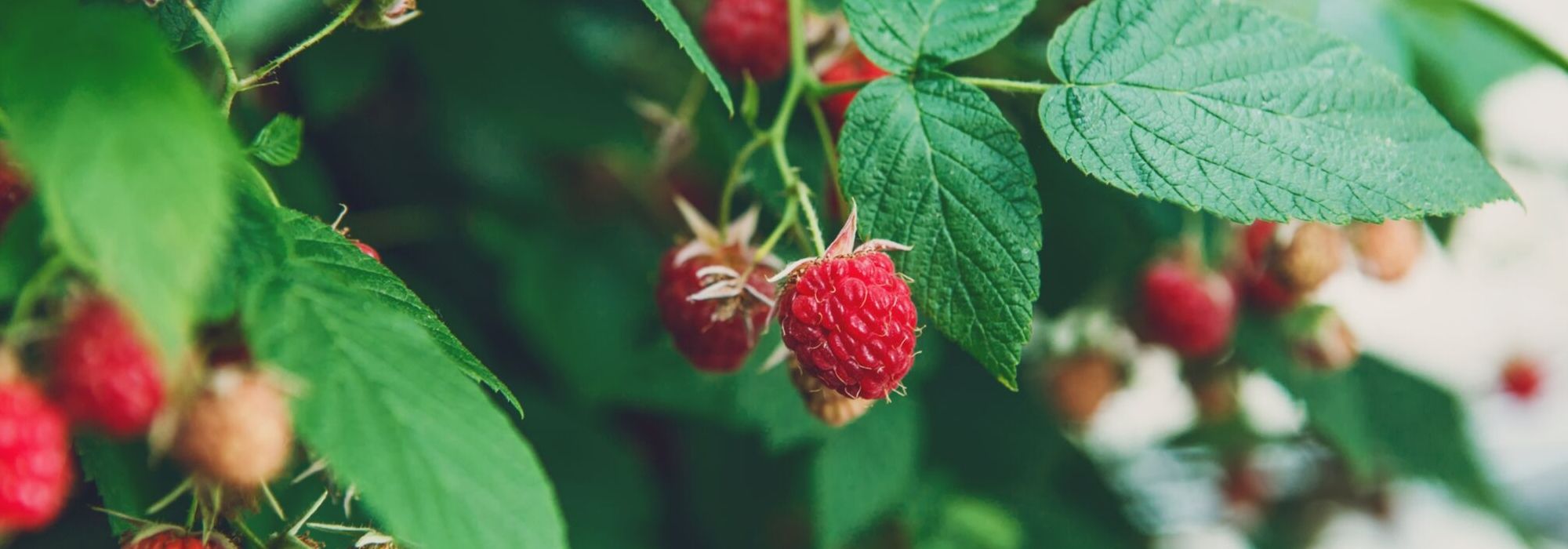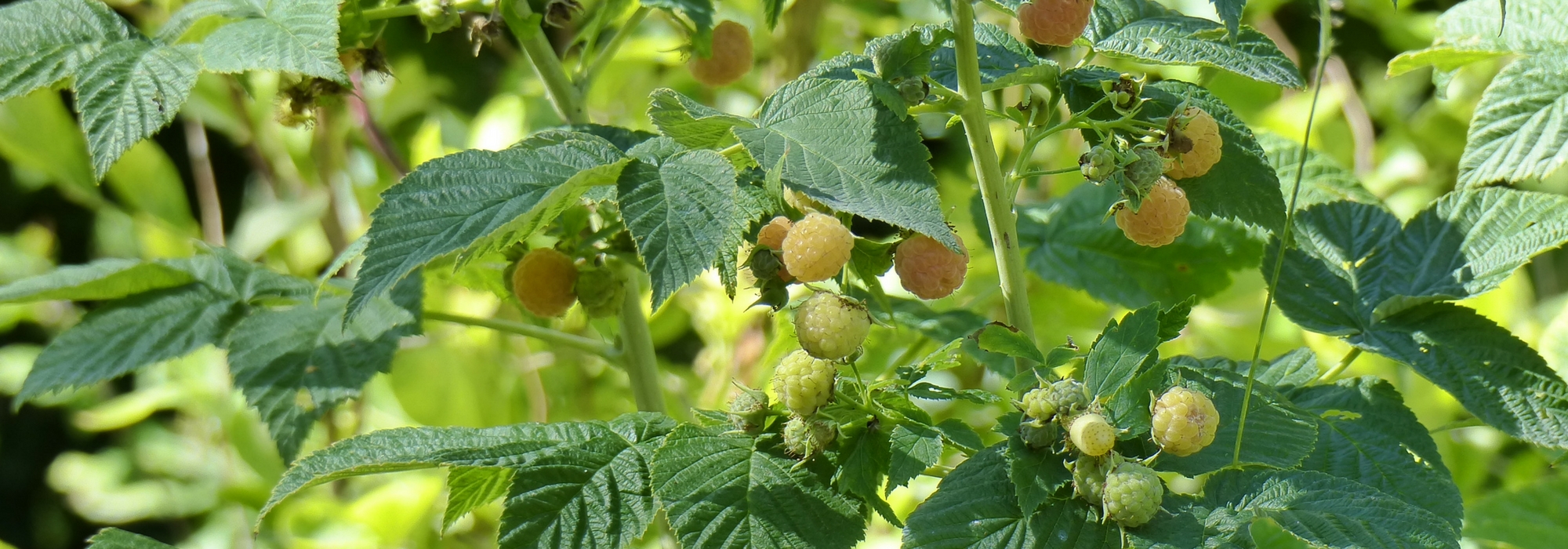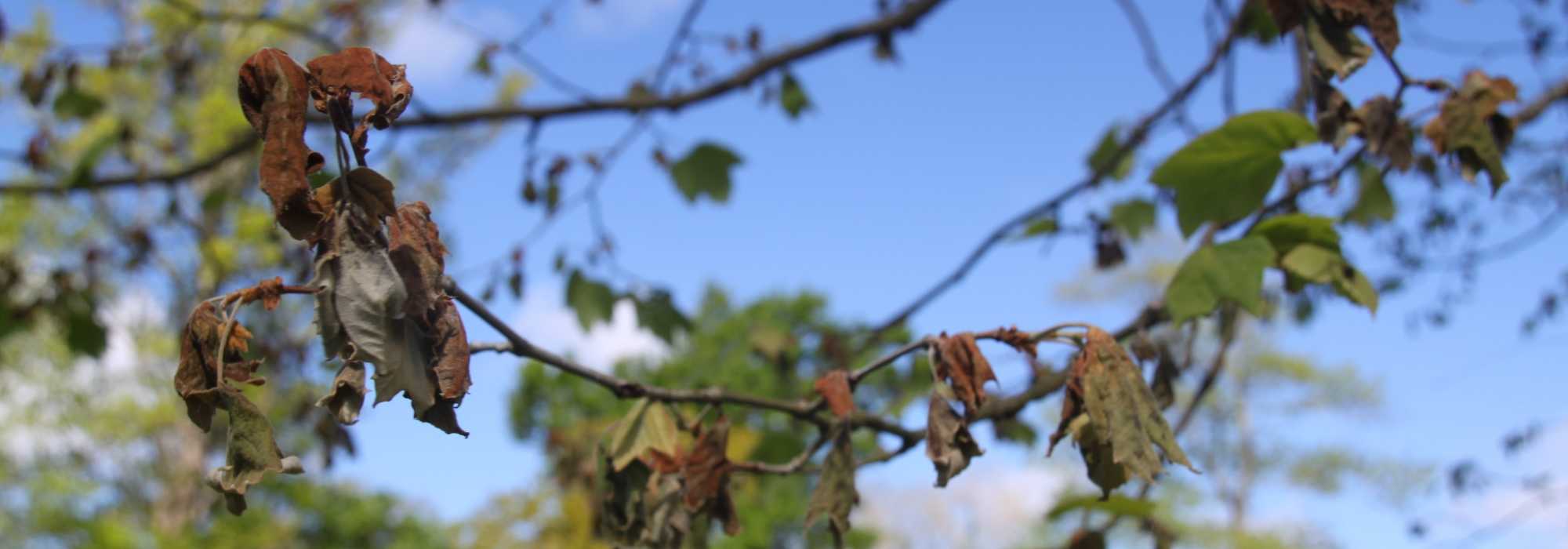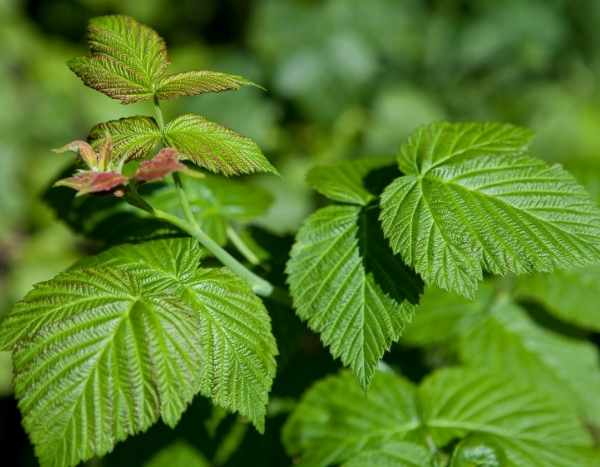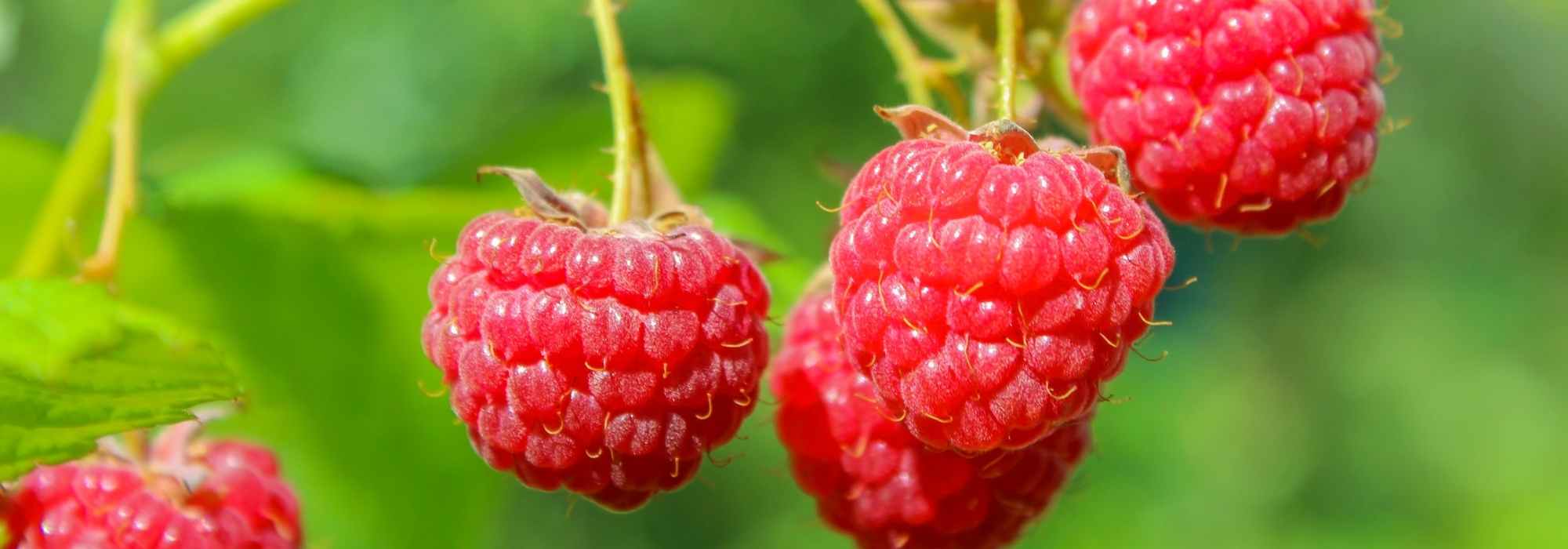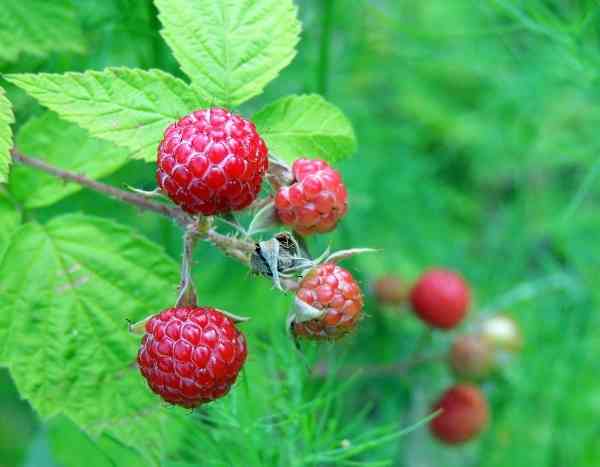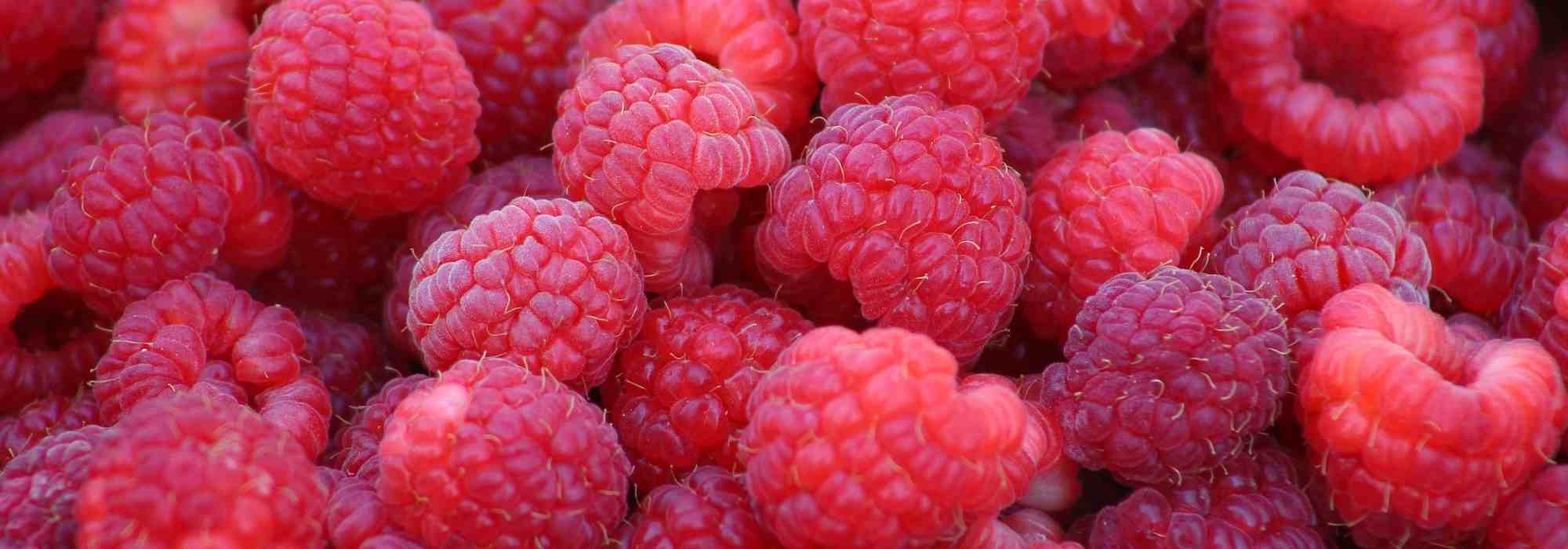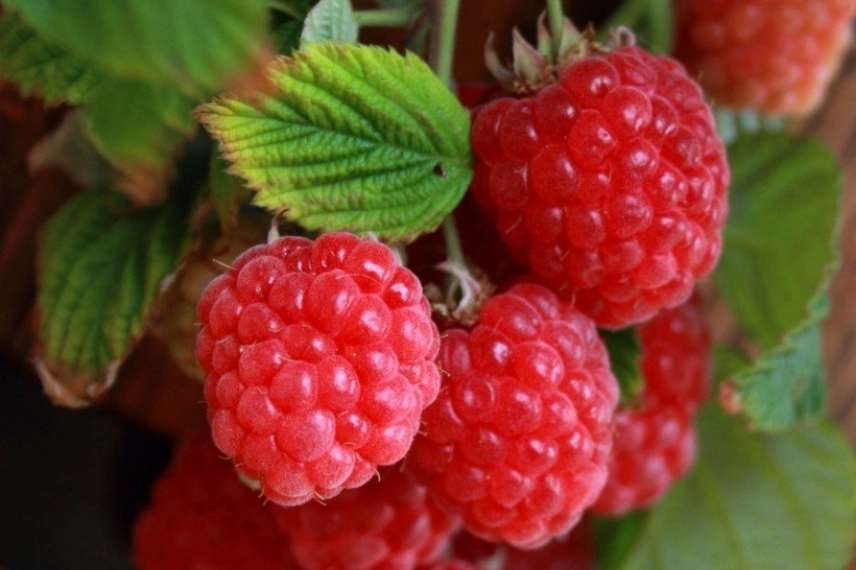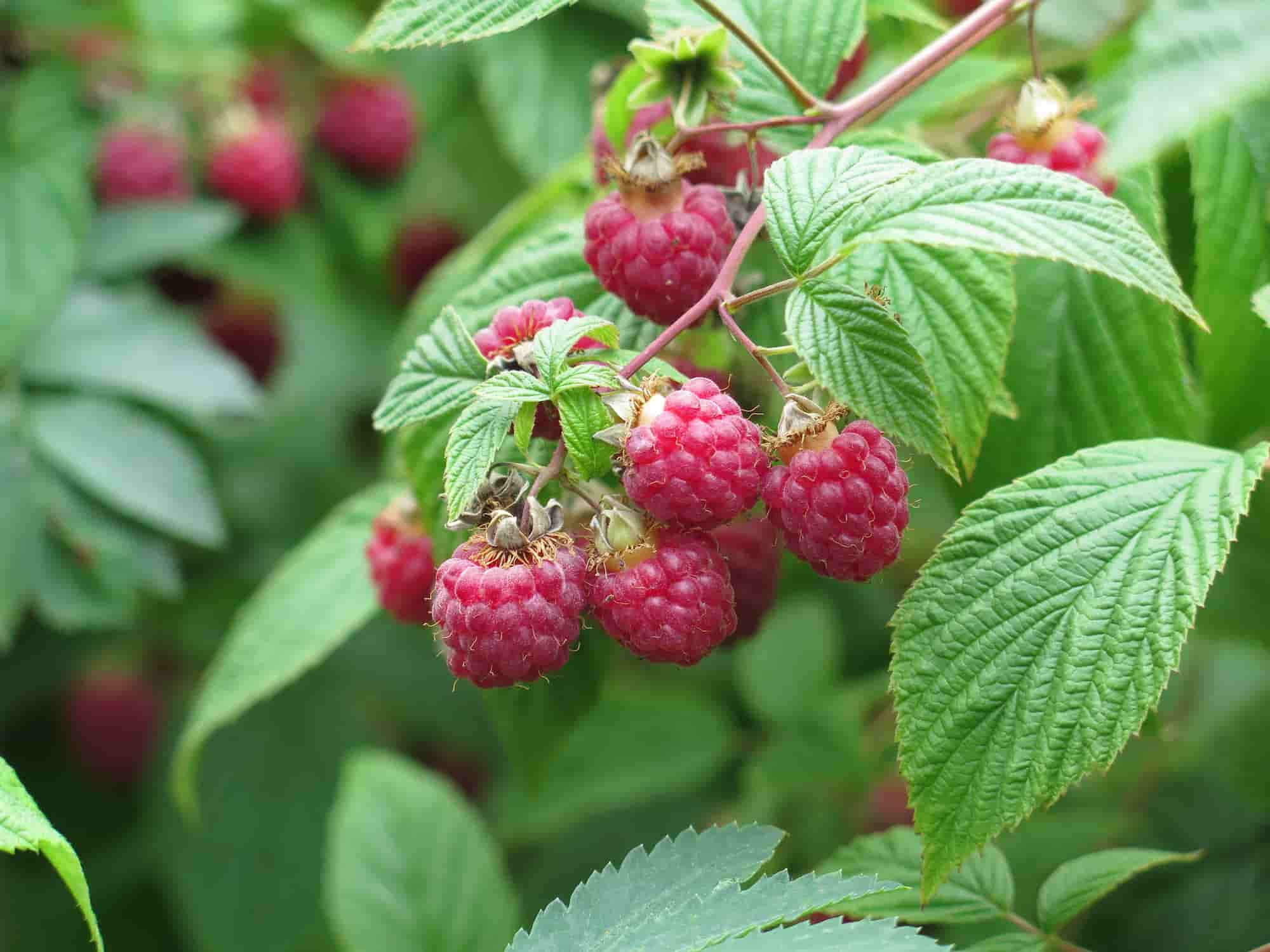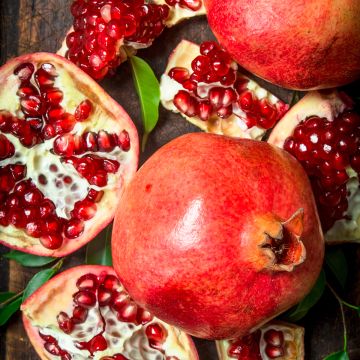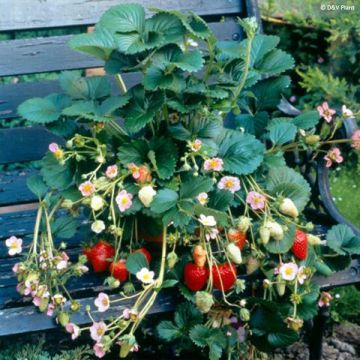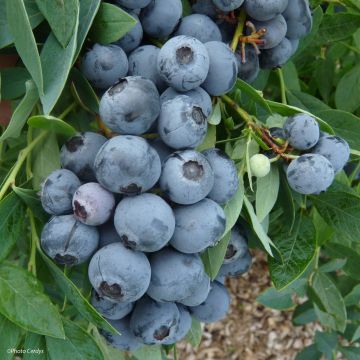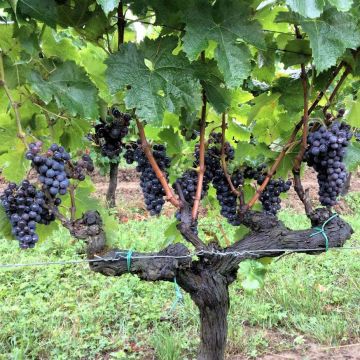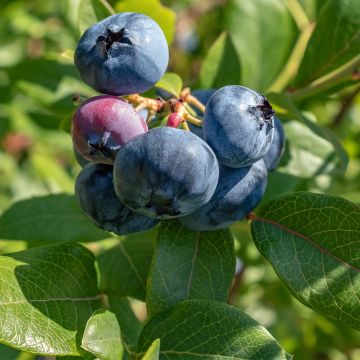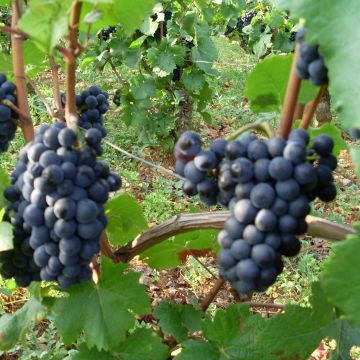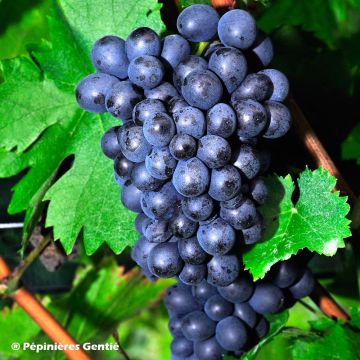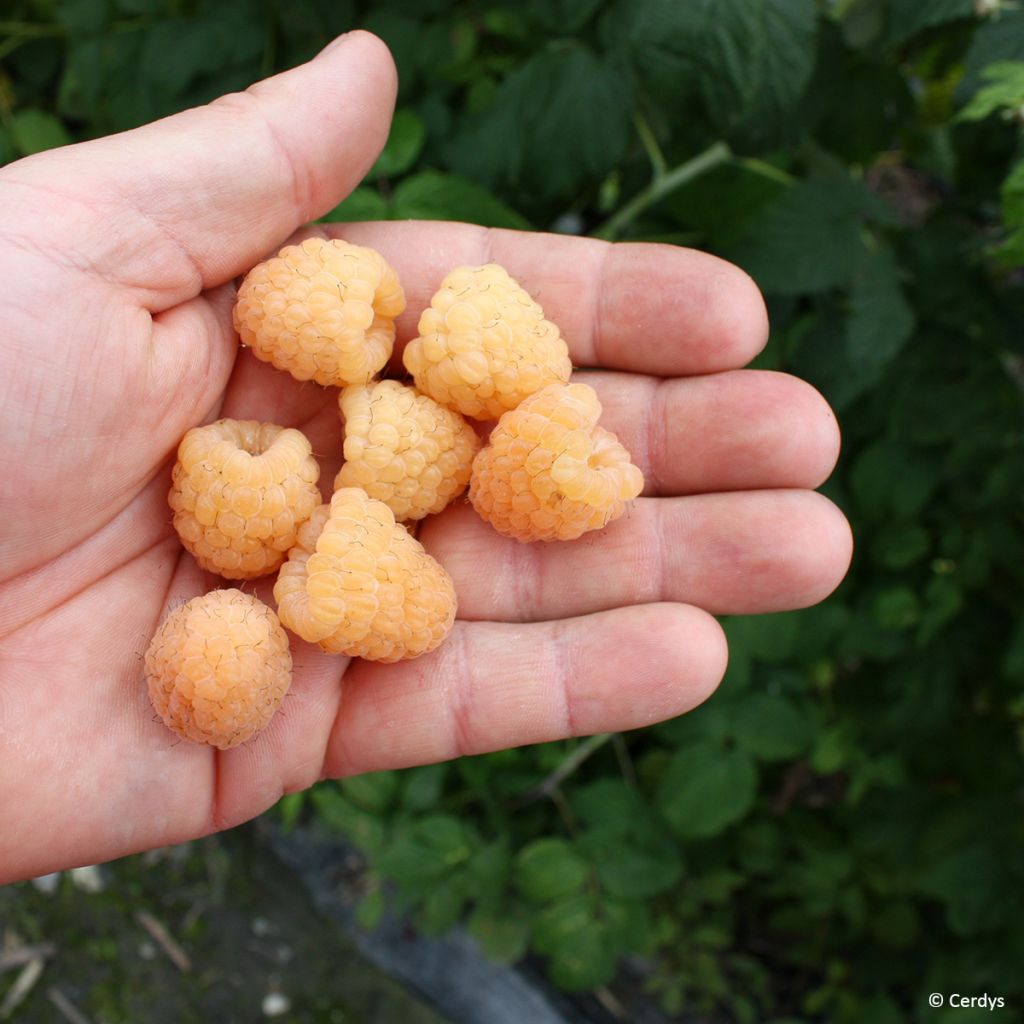

Raspberry Autumn Sun - Rubus idaeus
Raspberry Autumn Sun - Rubus idaeus
Rubus idaeus Primeberry® Autumn Sun®
Red Raspberry, European Red Raspberry
Special offer!
Receive a €20 voucher for any order over €90 (excluding delivery costs, credit notes, and plastic-free options)!
1- Add your favorite plants to your cart.
2- Once you have reached €90, confirm your order (you can even choose the delivery date!).
3- As soon as your order is shipped, you will receive an email containing your voucher code, valid for 3 months (90 days).
Your voucher is unique and can only be used once, for any order with a minimum value of €20, excluding delivery costs.
Can be combined with other current offers, non-divisible and non-refundable.
Home or relay delivery (depending on size and destination)
Schedule delivery date,
and select date in basket
This plant carries a 6 months recovery warranty
More information
We guarantee the quality of our plants for a full growing cycle, and will replace at our expense any plant that fails to recover under normal climatic and planting conditions.
Description
The Primeberry 'Autumn Sun' Raspberry is a variety of autumn raspberry with large, very aromatic yellow fruits. This raspberry variety, known as autumn raspberry, produces fruits from early August until mid or late September on the current year's canes. The conical berries are large and dark yellow. The taste is particularly pronounced for a yellow fruit, slightly sweeter than a red fruit, but with a good aroma and an intense fruity flavour. Planting this raspberry variety in autumn or spring, especially in regions with cold or humid winters, is recommended.
The Rubus idaeus, commonly known as the Raspberry, is native to Europe and temperate Asia and belongs to the Rosaceae family, like strawberries, blackberries, and wild roses. In its native habitat, it grows in cool climates associated with plants such as rowan, elderberry, or beech, forming a symbiotic relationship. The optimal production starts in the third year after planting. The lifespan of a raspberry plant is about ten years. There are two categories of raspberries. The everbearing varieties produce two crops, the first in June-July on the previous year's canes and the second from August until frost on the current year's shoots. The non-remontant varieties, which have an abundant harvest around June-July, bear fruit on the previous year's canes.
The Primeberry 'Autumn Sun' variety is a recent Swiss creation from the 'Primeberry' range. It is part of this extensive range of autumn raspberries, which consists of varieties selected for their vitality, robustness, high yield, and exceptional taste quality of their fruits. Each variety has been carefully chosen to ensure a pleasant growing experience and abundant harvests of delicious raspberries. 'Autumn Sun' forms a bushy shrub that can reach 2m in height and 90cm in width. Its deciduous foliage is carried by upright stems, developing as a moderately suckering perennial stump. The canes are biennial, each one dying after fruiting. Every year, new suckers emerge from the roots, armed with small prickly pricks. The Raspberry has green leaves on the top, whitish-green and downy on the underside.
The flowering is highly melliferous. The white flowers, 1 to 2cm in diameter, are grouped in small clusters of 10 to 12. They appear from April to May, and the flowering extends until August. The fruits are formed by small clustered drupes, which are easy to detach when ripe. It is a self-fertile variety, capable of self-pollination. Still, it is also beneficial to associate it with other raspberry varieties to stimulate production by staggering harvests and diversifying tastes and uses. The 'Autumn Sun' raspberry is hardy and can withstand temperatures down to -20°C. It is resistant to diseases and requires little maintenance.
The Autumn Sun Raspberry is an early variety in the range of autumn raspberries. It stands out for its abundant production of fruits from August to late September over a relatively short period. This characteristic offers the advantage of a concentrated harvest, allowing for abundant raspberries in a short period. Raspberries are delicate fruits that need to be carefully picked; they can be lightly washed with water and keep better in the refrigerator. Picking is easy, and it is very enjoyable to taste the fruits on the spot or pick them for various culinary uses: sorbets, coulis, jams, tiramisu, crumble... not to mention the traditional Raspberry Tart. Low in calories but rich in minerals (calcium, magnesium, iron), vitamins C and K, fibre, and antioxidants, raspberries contribute to a balanced diet.
Within a gourmet hedge, in the vegetable garden, or as a focal point in the ornamental garden, the Autumn Sun Raspberry will find a special place alongside other small fruit varieties. To extend the harvest period and increase the diversity of colour and taste of raspberries, it can be attractive to plant near everbearing varieties, such as the Zeva and Heritage varieties, or yellow-coloured varieties, like the Golden Everest, Fall Gold, Autumn Amber, or black varieties like the Black Jewel or Glen Coe.
Tip: This variety of autumn raspberry, known as primocane raspberries, bears fruit on the canes of the year, but during winter pruning, by keeping some canes from the previous year, it is possible to obtain a first harvest in June on these same canes.
Raspberry Autumn Sun - Rubus idaeus in pictures
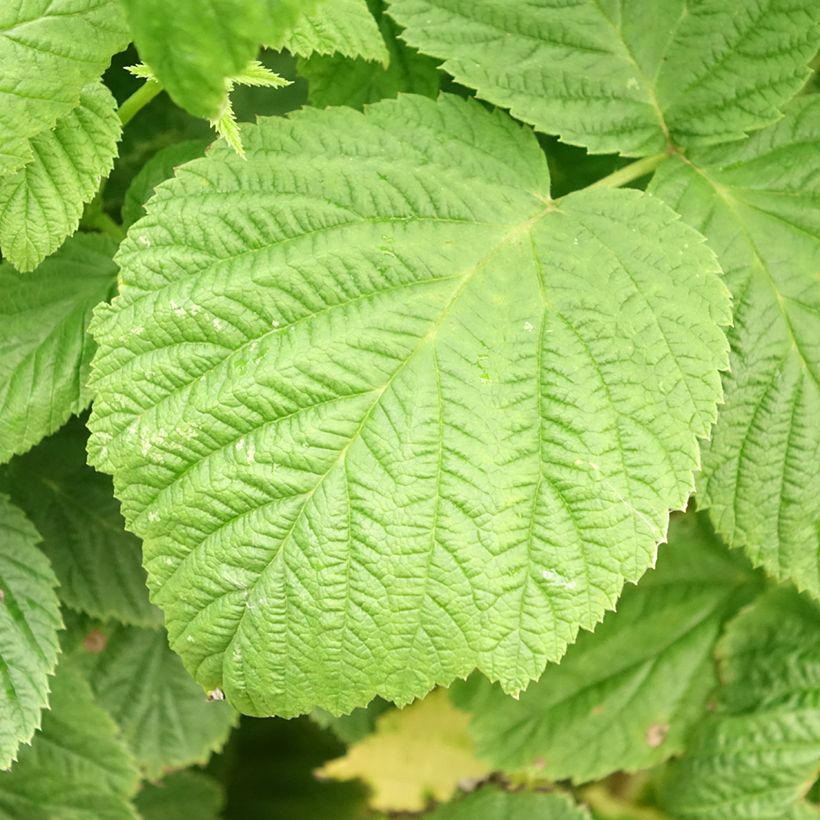

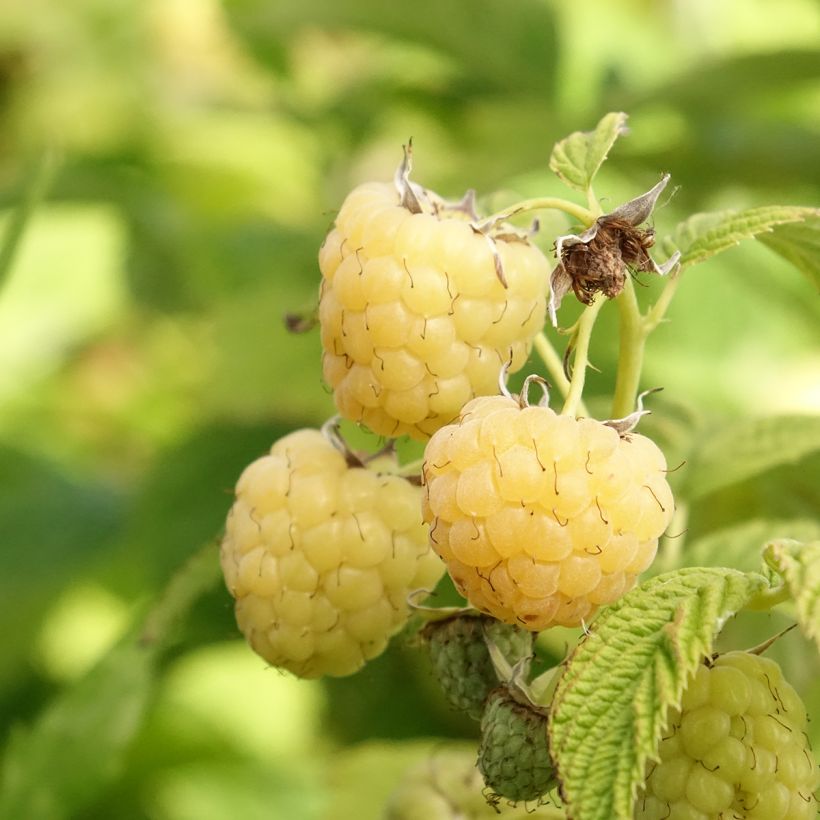

Plant habit
Fruit
Flowering
Foliage
Botanical data
Rubus
idaeus
Primeberry® Autumn Sun®
Rosaceae
Red Raspberry, European Red Raspberry
Cultivar or hybrid
Planting and care
The Primeberry 'Autumn Sun' Raspberry prefers humus-bearing, rich soils that retain moisture, even in summer, without too much limestone. It appreciates partially shaded but bright exposures. It will tolerate full sun in cooler climates, while in regions with hot summers, it will prefer partial shade. Plant it from October to March in ordinary soil enriched with compost and well-rotted manure.
Space the plants every 80 cm on rows spaced 1.50 m apart. During planting, the collar should be level with the ground. Training them with wire stretched between stakes or on a trellis is advisable.
Water regularly to promote root growth in the first year of planting. Provide additional water during periods of high heat or prolonged drought. Weed the surface, especially at the beginning of planting, and apply mulch to retain moisture in summer.
The Raspberry can be susceptible to various diseases if the growing conditions are not optimal (raspberry anthracnose, raspberry rust, powdery mildew, grey mould in rainy periods, or Botrytis). The damage observed in cultivation is due to unfavourable weather conditions, especially during cold springs that allow micro-fungi in the soil to infest the vegetation. To protect the plants, it is recommended to feed the raspberries with organic fertilisers that promote the multiplication of anaerobic bacteria in the soil, strengthening the soil's ability to stimulate the plants' immune system. Raspberries can also be attacked by certain parasites such as raspberry worms, the larvae of a small beetle that lodges in the fruits without causing significant damage.
Raspberries easily multiply through suckers that grow near the base: remove them and replant them in another part of the garden if desired.
Planting period
Intended location
Care
Planting & care advice
This item has not been reviewed yet - be the first to leave a review about it.
Similar products
Haven't found what you were looking for?
Hardiness is the lowest winter temperature a plant can endure without suffering serious damage or even dying. However, hardiness is affected by location (a sheltered area, such as a patio), protection (winter cover) and soil type (hardiness is improved by well-drained soil).

Photo Sharing Terms & Conditions
In order to encourage gardeners to interact and share their experiences, Promesse de fleurs offers various media enabling content to be uploaded onto its Site - in particular via the ‘Photo sharing’ module.
The User agrees to refrain from:
- Posting any content that is illegal, prejudicial, insulting, racist, inciteful to hatred, revisionist, contrary to public decency, that infringes on privacy or on the privacy rights of third parties, in particular the publicity rights of persons and goods, intellectual property rights, or the right to privacy.
- Submitting content on behalf of a third party;
- Impersonate the identity of a third party and/or publish any personal information about a third party;
In general, the User undertakes to refrain from any unethical behaviour.
All Content (in particular text, comments, files, images, photos, videos, creative works, etc.), which may be subject to property or intellectual property rights, image or other private rights, shall remain the property of the User, subject to the limited rights granted by the terms of the licence granted by Promesse de fleurs as stated below. Users are at liberty to publish or not to publish such Content on the Site, notably via the ‘Photo Sharing’ facility, and accept that this Content shall be made public and freely accessible, notably on the Internet.
Users further acknowledge, undertake to have ,and guarantee that they hold all necessary rights and permissions to publish such material on the Site, in particular with regard to the legislation in force pertaining to any privacy, property, intellectual property, image, or contractual rights, or rights of any other nature. By publishing such Content on the Site, Users acknowledge accepting full liability as publishers of the Content within the meaning of the law, and grant Promesse de fleurs, free of charge, an inclusive, worldwide licence for the said Content for the entire duration of its publication, including all reproduction, representation, up/downloading, displaying, performing, transmission, and storage rights.
Users also grant permission for their name to be linked to the Content and accept that this link may not always be made available.
By engaging in posting material, Users consent to their Content becoming automatically accessible on the Internet, in particular on other sites and/or blogs and/or web pages of the Promesse de fleurs site, including in particular social pages and the Promesse de fleurs catalogue.
Users may secure the removal of entrusted content free of charge by issuing a simple request via our contact form.
The flowering period indicated on our website applies to countries and regions located in USDA zone 8 (France, the United Kingdom, Ireland, the Netherlands, etc.)
It will vary according to where you live:
- In zones 9 to 10 (Italy, Spain, Greece, etc.), flowering will occur about 2 to 4 weeks earlier.
- In zones 6 to 7 (Germany, Poland, Slovenia, and lower mountainous regions), flowering will be delayed by 2 to 3 weeks.
- In zone 5 (Central Europe, Scandinavia), blooming will be delayed by 3 to 5 weeks.
In temperate climates, pruning of spring-flowering shrubs (forsythia, spireas, etc.) should be done just after flowering.
Pruning of summer-flowering shrubs (Indian Lilac, Perovskia, etc.) can be done in winter or spring.
In cold regions as well as with frost-sensitive plants, avoid pruning too early when severe frosts may still occur.
The planting period indicated on our website applies to countries and regions located in USDA zone 8 (France, United Kingdom, Ireland, Netherlands).
It will vary according to where you live:
- In Mediterranean zones (Marseille, Madrid, Milan, etc.), autumn and winter are the best planting periods.
- In continental zones (Strasbourg, Munich, Vienna, etc.), delay planting by 2 to 3 weeks in spring and bring it forward by 2 to 4 weeks in autumn.
- In mountainous regions (the Alps, Pyrenees, Carpathians, etc.), it is best to plant in late spring (May-June) or late summer (August-September).
The harvesting period indicated on our website applies to countries and regions in USDA zone 8 (France, England, Ireland, the Netherlands).
In colder areas (Scandinavia, Poland, Austria...) fruit and vegetable harvests are likely to be delayed by 3-4 weeks.
In warmer areas (Italy, Spain, Greece, etc.), harvesting will probably take place earlier, depending on weather conditions.
The sowing periods indicated on our website apply to countries and regions within USDA Zone 8 (France, UK, Ireland, Netherlands).
In colder areas (Scandinavia, Poland, Austria...), delay any outdoor sowing by 3-4 weeks, or sow under glass.
In warmer climes (Italy, Spain, Greece, etc.), bring outdoor sowing forward by a few weeks.






























